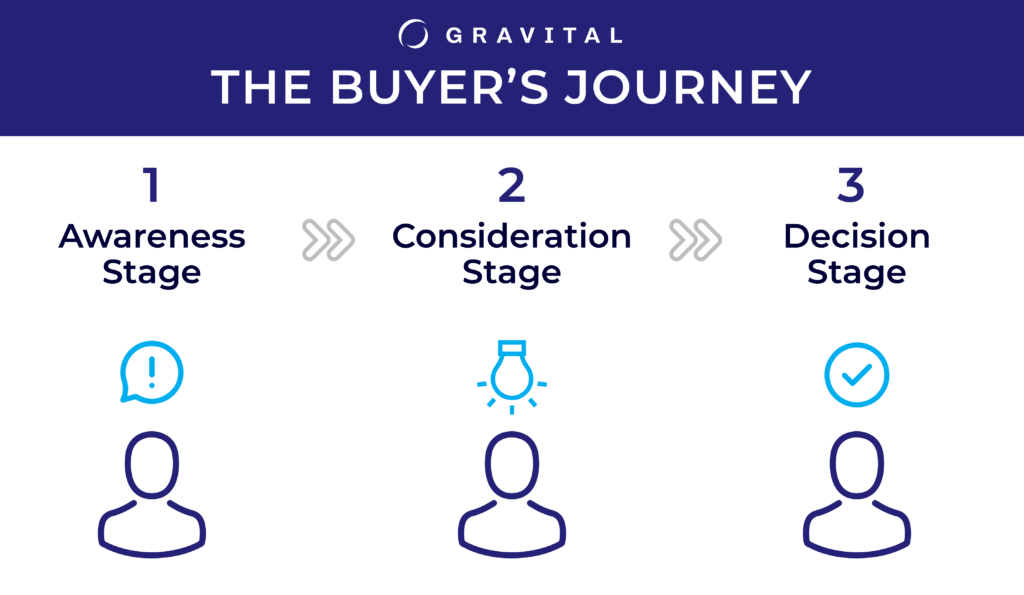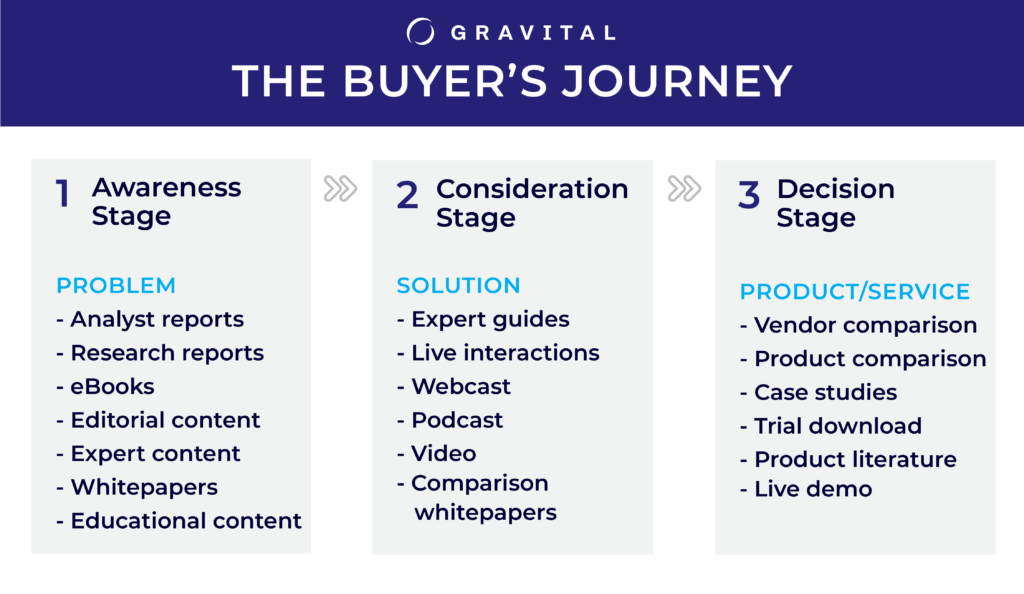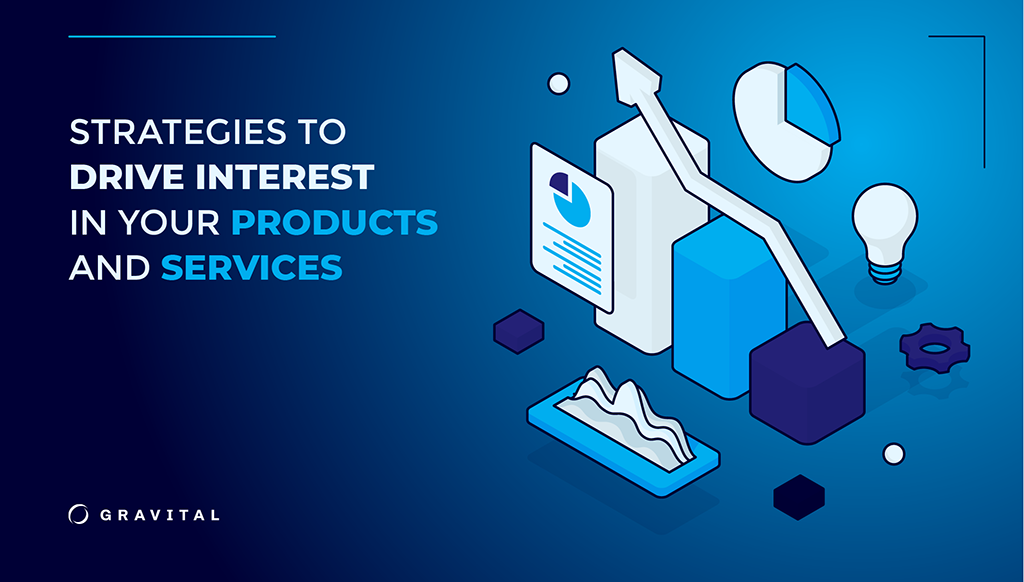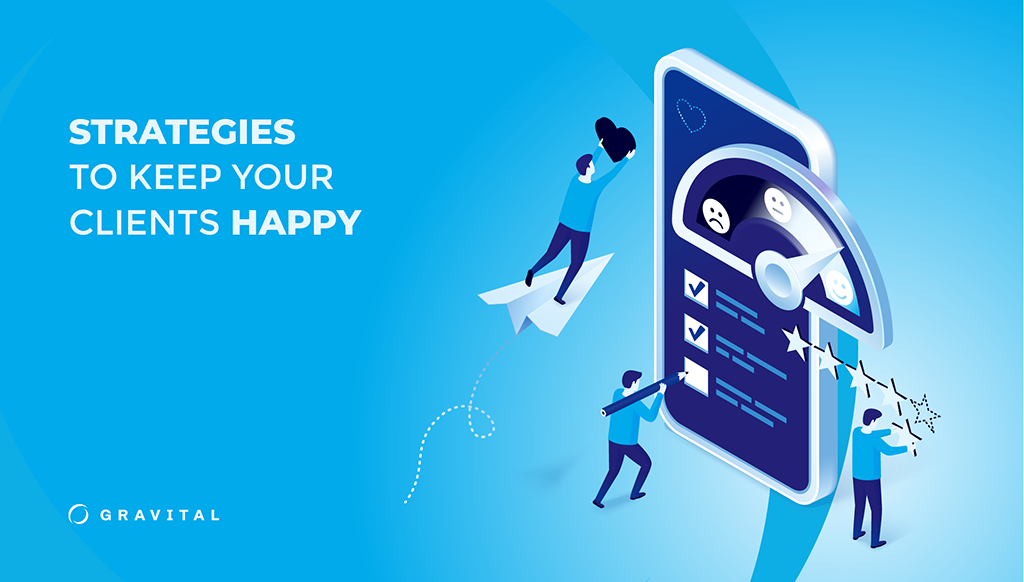Customers are the most important people in any organization.
The success of your business critically depends on how well you manage interactions with your most important resource: your paying customers. In fact, the sole purpose of any business is to fulfill the needs of its customers, right?
Attracting new customers in this ferociously competitive age is no easy task.
When starting out, you might acquire customers on a steady basis. You make your first sale with relative ease, then a second, a third…
With every passing day, however, the process of attracting and acquiring new customers becomes an increasingly greater challenge. But fear not…
Generating strong lead growth (attracting new customers), is certainly achievable. That said, it does demand a serious commitment and time investment on your behalf. If you are willing to put in the hard work that is required, you will certainly increase revenue and attract your ideal customers through effective Inbound Marketing.
Ready to roll?
1. Set SMART Marketing Goals
Effective goal setting is one of the most challenging – and overlooked – processes for businesses. Often, desired objectives are really just estimated guesses with no clear direction on how to actually accomplish them. And that’s kind of a big deal!
For that reason, it is of paramount importance to set SMART Goals. By SMART, apart from obviously being smart, I mean:
Specific
Set goals with real numbers. Don’t just say that you want or need something done. Establish precisely how many visits, leads or customers you want to get.
Measurable
Provide a number, so you can effectively track your progress.
Attainable
Understand benchmarks and set goals that are challenging but feasible. Be realistic and don’t try to tackle everything at once!
Relevant
It must relate to your overall end goal, your business, and its success.
Timely
Include a timeframe. When do you want to reach this goal by? Someone once said that goals without a deadline are just wishes!
Example of a SMART Marketing Goal
Increase visits to site by 50% (from 500 to 750 per month), for our new product launch by January 01, 2016.
This goal is:
• Specific: Visits to site
• Measurable: 50% increase (500 to 750 visits per month)
• Attainable: Based on historical data and benchmarks
• Relevant: Relates to overall end goal (new product launch)
• Timely: By January 1, 2016
2. Clearly define who your customers are
In order to attract new customers through a successful Inbound Marketing strategy, you must first develop accurate Buyer Personas.
This process is the foundation of your inbound strategy. In essence, we’re talking about the ideal customers that you want to attract to your business. It is crucial that you take your time and get this right!
The task of creating Buyer Personas applies to any type of business, whether B2B, B2C or even Non-Profit. They are all trying to reach someone.
Through these semi-fictional, yet acutely descriptive portrayals of your optimal customers, you will gain clear insight into their behavioral patterns, goals, motivations, challenges
and the concerns that keep them anxiously up at night.
Answer the following questions to get an honest and clear representation of your audience:
- What is their role in life?
- What is their typical day like?
- What are they responsible for? (goals)
- What are their biggest challenges?
- How can you solve their problems?
- How can you best reach them?
- What are they like? (personal background, shopping preferences, hobbies)


3. Define your customer’s Buyer’s Journey
The Buyer’s Journey is the active research process people (buyers) go through, leading up to making a purchase. Not all prospects are created equal, and as a content creator focused on attracting these potential customers, you must have a clear understanding of the buying process and their place within it.
Once you define your customer’s buying process, you will be able to generate remarkable content for each buyer persona, in each of the stages of the Buyer’s Journey.


During the Awareness Stage of the Buyer’s Journey:
- The prospect is experiencing and expressing symptoms of a problem or opportunity. Therefore, the content you create for them at this stage must be focused on the PROBLEM.
- Example: [Blog post]: Optimization tips for increasing website conversion rates
During the Consideration Stage of the Buyer’s Journey:
- The prospect has now been clearly defined and their problem or opportunity has been named. At this stage of the journey, potential customers will be attracted to content that is SOLUTION FOCUSED.
- Example: [E-Book]: 9 Steps to redesigning your website
During the Decision Stage of the Buyer’s Journey:
- The prospect has now decided on their solution strategy, method, or approach. Effective content for this final stage of the journey is centered on the PRODUCT or SERVICE you can provide to fulfill their needs. Focus on creating great branded content!
- Example: [Product Trial/Offer]: Free website assessment by Gravital
Attracting new customers today is certainly no easy feat. However, by establishing SMART goals, understanding who your existing and ideal customers are, as where they are in the Buyer’s Journey, you will be able to create outstanding content that speaks to them and creates value, thus attracting visitors and converting leads into customers.
Like this post? Let us know your thoughts in the comments!


